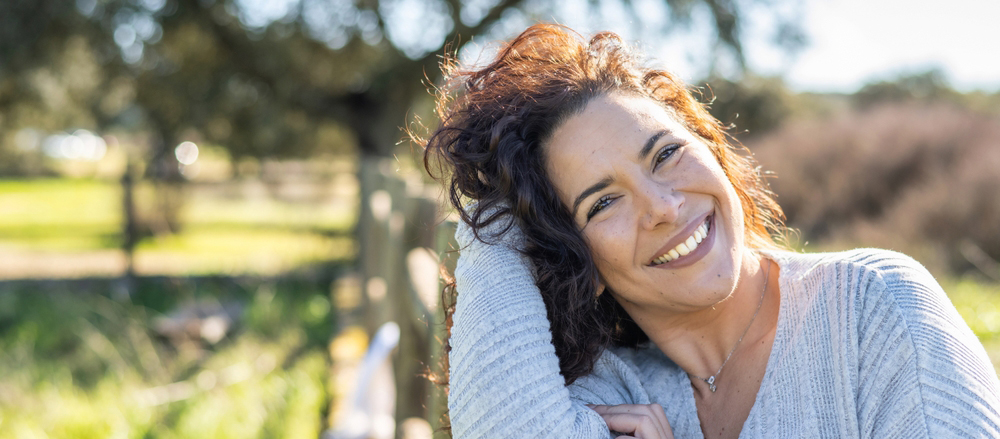In a sentence: eCO2 Plus removes tiny columns of aged skin and gently heats the layer beneath to spark fresh collagen—so etched lines soften, scars look smoother, and sun damage appears clearer—with more impact (and more healing) than “light” lasers.
Who it’s best for
- 40s–50s: visible wrinkles (especially around the mouth/cheeks), texture roughness, sun damage.
- 60s: deeper etched lines or crepey skin when you want a step-change beyond non-ablative lasers.
- Acne/surgical scars (any age): fractional CO2 can meaningfully improve thicker or mixed-depth scars in staged plans.
- Skin tones: safest in lighter tones (Fitzpatrick I–III). Darker complexions (IV–VI) carry higher risk of temporary darkening (PIH) with ablative CO2; if treated, parameters must be conservative and operator highly experienced.
What it can do
- Soften etched lines and wrinkles more than “light” fractional options.
- Smooth acne/surgical scars and brighten blotchy sun damage.
- Treat face, neck, chest, with fractional settings tailored to your goals and downtime.
What it can’t do
It won’t lift heavy jowls (that’s surgical) and it isn’t ideal for melasma-prone skin. Expect real change in lines/texture—but plan a true recovery window compared with MOXI/LaseMD/Fraxel-1927.
Treatment & sessions
- During: after numbing, the laser makes micro-channels that vaporise old skin and warm the dermis to stimulate collagen. Full face is typically ~20–45 minutes (longer if neck/chest are added).
- How many: many choose 1 stronger session for a step-change, or 2 lighter sessions 3–6 months apart.
- When you see it: once crusting/flaking passes in the first 1–2 weeks, pinkness fades over weeks; smoothing keeps improving for 3–6 months as collagen remodels.
Healing time & aftercare
- Downtime: plan ~7–14 days of visible healing (redness, oozing/crusting → flaking). Pinkness can last weeks before it fully blends.
- Comfort: “sunburn” heat/tightness and swelling are common for 24–72 h; cool compresses and ointment barriers help.
- Aftercare basics: frequent gentle cleansing + occlusive ointment early, antiviral prophylaxis if you get cold sores, and strict SPF/hat. Don’t pick crusts; avoid hot gyms/sauna until re-epithelialised.
Safety & skin of colour
Ablative CO2 can trigger post-inflammatory hyperpigmentation (PIH) in deeper complexions. Many clinics avoid or test-spot in Fitzpatrick IV–VI, add pretreatment brighteners, and insist on rigorous sun avoidance.
Possible side effects & complications
- Common: redness, swelling, crusting; transient milia or acne flares during healing.
- Less common: PIH, prolonged redness, cold-sore reactivation (antivirals help).
- Rare: infection, scarring, hypopigmentation, eyelid complications with aggressive eye-area passes—eye shields and expert operators are critical.
Who should avoid or delay (contra-/precautions)
- Active infection/open wounds; active cold sore without antivirals.
- Recent isotretinoin use (timing is individualised by your clinician).
- Strong keloid/hypertrophic scar tendency, prior radiation to the area, or connective-tissue disorders—needs careful assessment.
- Pregnancy/breast-feeding (elective cosmetic procedures are commonly deferred).
Regulatory note (U.S.)
- FDA 510(k): Fractional CO2 platforms, including Lutronic eCO2, are 510(k)-cleared Class II devices for dermatologic resurfacing/soft-tissue ablation and coagulation. You can review listings and summaries in the FDA database.
How eCO2 Plus compares
- Versus Er:YAG (ProFractional/Contour TRL): Er:YAG may re-epithelialise a bit faster with less heat; CO2 often provides slightly more tightening at similar depths.
- Versus “light” 1927 nm lasers (MOXI/LaseMD/Fraxel-1927): those deliver glow with 2–5 days’ flaking; eCO2 aims for deeper smoothing but needs a real recovery window.
- Versus other CO2 platforms (UltraPulse, CO2RE, Tetra/CoolPeel): outcomes depend more on settings and operator than brand; eCO2 offers adjustable density/energy to tailor coverage and depth.
At-a-glance
- Best for: etched lines, crepey texture, acne/surgical scars, “field” sun damage.
- Sessions: often 1 strong (or 2 lighter) sessions; results build 3–6 months.
- Downtime: plan 7–14 days healing; pinkness fades over weeks.
- Operator matters: choose an experienced clinic—especially for mouth/eye areas and for skin of colour.
References (open in new tab)
- Lutronic — eCO2 Plus product page
- DermNet — CO2 laser: candidates, risks & recovery
- ASDS — Laser resurfacing patient info
- AAD — Laser resurfacing overview & aftercare
- FDA 510(k) database — search CO2 laser clearances
Region notes: eCO2 Plus is widely offered in US/Canada/UK/EU/Australia; indications and marketing claims vary by country—confirm locally.
